What's The Difference Between A Kasamatsu & A Tsukahara?
What's The Difference Between A Kasamatsu & A Tsukahara?
FloGymnastics breaks down the difference between a Kasamatsu and the Tsukahara vault.

In his 1982 play The Real Thing, British playwright Tom Stoppard writes that love has to do “with knowing and being known.” If loving is knowing—knowing those tiny, nuanced things that turn an idea into a being—then loving gymnastics is knowing the difference between a Kasamatsu and a Tsukahara.
Because like love, the difference between the two just barely, barely makes sense. Let’s get into it, shall we?
Both the Kasamatsu and the Tsukahara vaults have the same entry: a handspring with a half (or quarter) turn onto the table. Things then start to get tricky: in a Kasamatsu vault, the gymnast twists in the direction of the approach (so a left-handed approach would twist left, and vice versa), and in a Tsukahara, the gymnast twists in the opposite direction of the approach (so a left-handed approach would twist right, and the other way around).
Now, let’s get to the actual twisting. In a Kasamatsu vault, one twist is already implied; in a Tsukahara, there are none built in. This means that a Kasamatsu (or Kas) full actually has two twists, as does a Tsukahara (or Tsuk) double; a Kas double has three twists, just like a Tsuk triple.
And because things need to get even more complicated, none of this even matters in women’s gymnastics: they’re all scored the same anyways. People only really do Kasamatsu-style vaults anymore, but because labeling them as Tsuks is less complicated (the number of twists in the name is the actual number of twists, not the square root or the derivative or the x+1 of the number of twists), the names have become interchangeable. Here’s a video of Jade Carey doing a Kas full/Tsuk double at the 2017 World Championships:
So when you see a vault that looks… Like that, it’s actually a Kasamatsu, but is also called a Tsukahara, so either way, you probably have it right. Love doesn’t have to be so hard, after all.
Brette Warshaw is a freelance writer and consultant based in New York City. You can follow her at @bstarwarshaw.
Related Content
 Replay: Lander vs Mars Hill | Mar 28 @ 6 PM
Replay: Lander vs Mars Hill | Mar 28 @ 6 PMMar 29, 2024
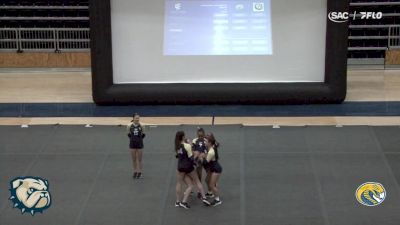 Replay: Coker vs Wingate | Mar 21 @ 6 PM
Replay: Coker vs Wingate | Mar 21 @ 6 PMMar 22, 2024
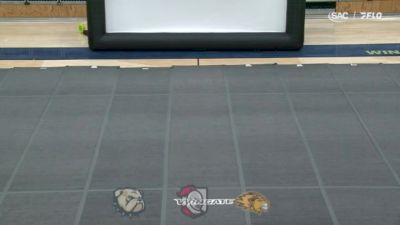 Replay: Wingate Tri-Meet - Acrobatics & Tumbling | Mar 15 @ 5 PM
Replay: Wingate Tri-Meet - Acrobatics & Tumbling | Mar 15 @ 5 PMMar 15, 2024
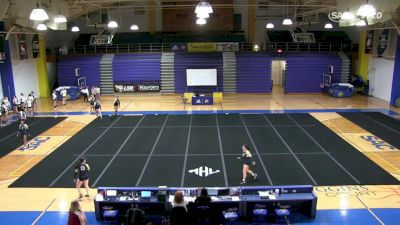 Replay: Mars Hill Tri-Meet | Feb 16 @ 6 PM
Replay: Mars Hill Tri-Meet | Feb 16 @ 6 PMFeb 17, 2024
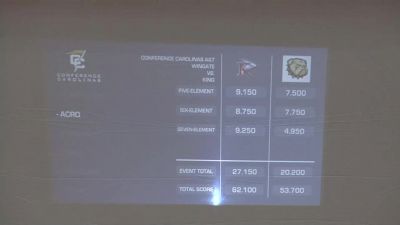 Replay: King (TN) vs Wingate - 2024 2024 King (TN) vs Wingate - Acrobatics & Tumbling | Feb 10 @ 4 PM
Replay: King (TN) vs Wingate - 2024 2024 King (TN) vs Wingate - Acrobatics & Tumbling | Feb 10 @ 4 PMFeb 10, 2024
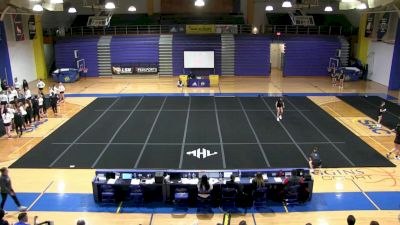 Replay: Belmont Abbey vs Mars Hill | Feb 10 @ 3 PM
Replay: Belmont Abbey vs Mars Hill | Feb 10 @ 3 PMFeb 10, 2024
 How to Watch: 2024 King (TN) vs Wingate - Acrobatics & Tumbling | Gymnastics
How to Watch: 2024 King (TN) vs Wingate - Acrobatics & Tumbling | GymnasticsFeb 10, 2024
 How to Watch: 2024 Wingate Tri-Meet | Gymnastics
How to Watch: 2024 Wingate Tri-Meet | GymnasticsFeb 8, 2024
 How to Watch: 2024 Wingate Tri-Meet | Gymnastics
How to Watch: 2024 Wingate Tri-Meet | GymnasticsFeb 8, 2024